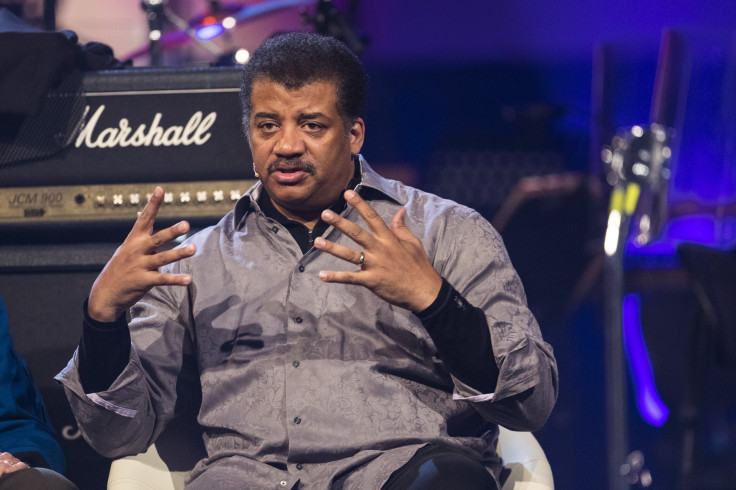Neil DeGrasse Tyson: Solar Eclipse Spectators Should Put Away Smartphones

Astrophysicist Neil deGrasse Tyson offered some advice for spectators of the Aug. 21 total solar eclipse: drop the smartphone and soak in the celestial phenomenon.
Speaking with an audience Monday at the American Museum of Natural History, Tyson encouraged people looking to enjoy the solar eclipse without the burden of text messages, internet tabs and Snapchat. Instead, the celebrity scientist said to “experience this one emotionally, psychologically, physically.”
Tyson, who is the Frederick P. Rose Director of the museum’s Hayden Planetarium in New York, said that missing the eclipse due to digital interference “would be to not live as full a life as you could have.” He acknowledged that taking video of the event on one’s smartphone will provide a memento to look back on but viewers should live in the moment.
“I get it – you want to look at it later. But then you would not have experienced it in the moment,” he told the audience, the AP first reported.
Next week’s total solar eclipse will be the first in 99 years to lay out a path of totality stretching from coast-to-coast in the U.S. A total solar eclipse occurs when the moon passes between the earth and the sun, blotting out the sunlight.
Moon’s shadow landfalls Oregon. Crosses USA at 1800mph. Exits SCarolina. Touches no other country. Behold 'Muuurica’s Eclipse pic.twitter.com/33WGHteTY6
— Neil deGrasse Tyson (@neiltyson) August 10, 2017
Tyson urged potential spectators of the eclipse to keep their phones from coming between themselves and the solar event. He encouraged people unable to buy special glasses to directly and safely view the sun to hold a spaghetti strainer to the ground and look at the images it creates, similar to the process of a pinhole camera.
"[R]ecognize that, occasionally, things line up in ways that are uncommon or unusual, either in your life experience or for the earth itself," he said.
Last week Tyson took a topical approach to the solar eclipse hype on Twitter to call out those who deny the existence of global warming.
“Odd. No one is in denial of America’s Aug 21 total solar eclipse. Like Climate Change, methods & tools of science predict it,” he tweeted on Aug. 10. Tyson also pointed out that the moon’s shadow landfalls Oregon, crosses the country at 1800 mph, exits South Carolina and touches no other country on Earth.
“Behold ‘Muuurica’s Eclipse,” he added.
© Copyright IBTimes 2024. All rights reserved.











